
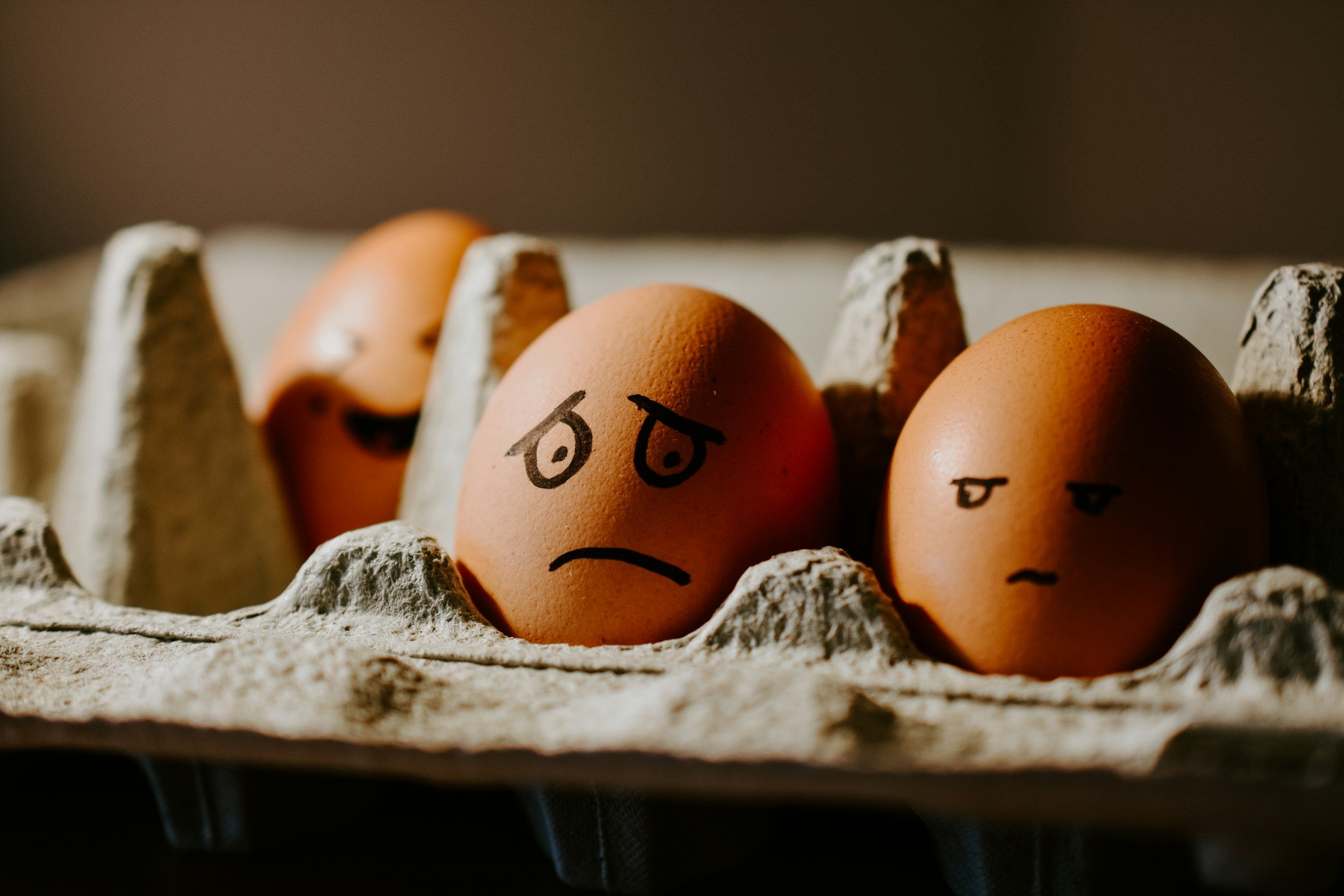


Lifting Heavy Things
Our bodies are meant to work hard lifting, carrying and moving heavy objects from point A to point B. Train hard!
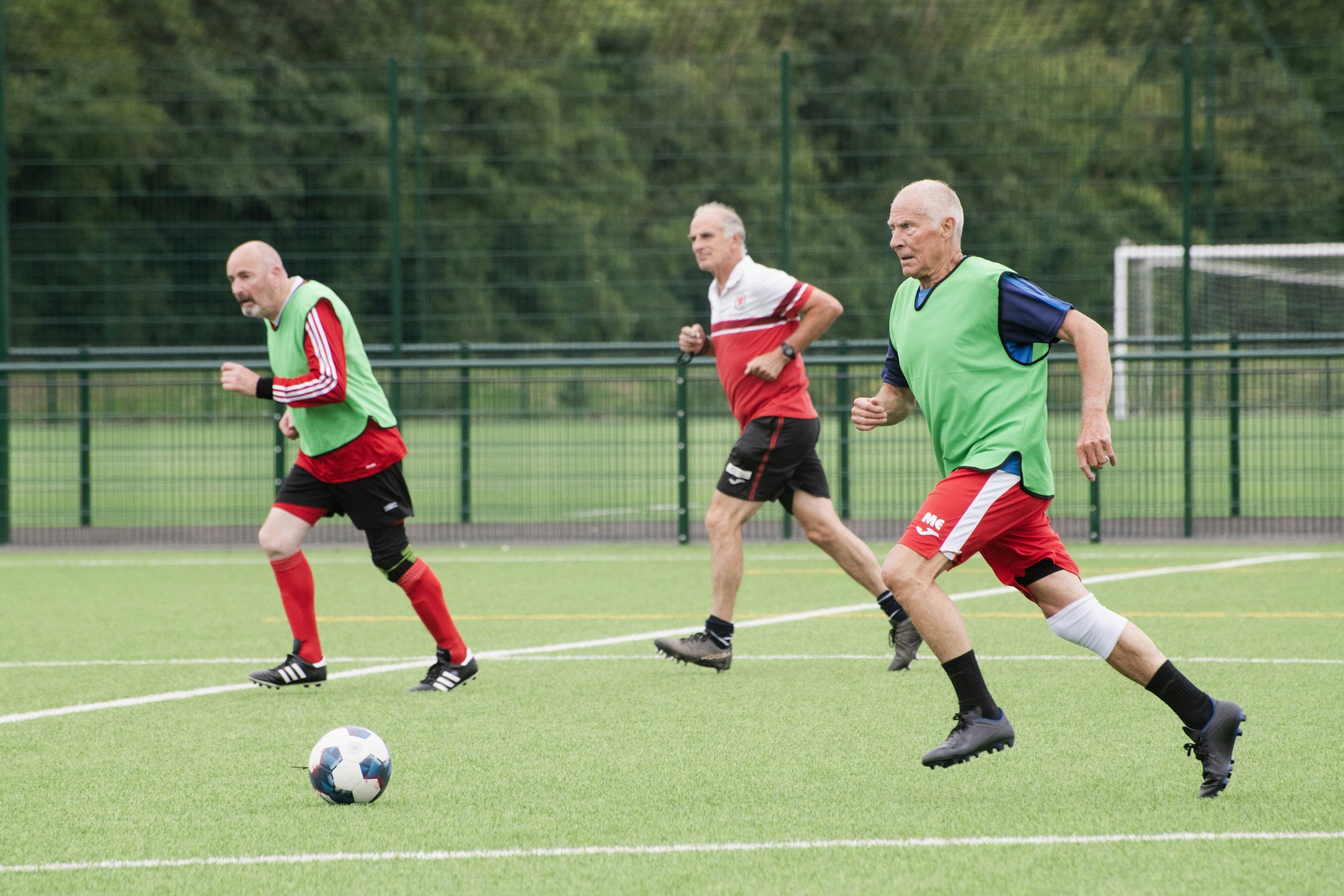



Stop peeing Away your vitAmins
How you take your vitamins is extremely important, most of what you take orally is flushed and barely absorbed. Understand bioavailability, water soluble versus fat soluble and why injections are the gold standard if you want the best long term bang for your buck.
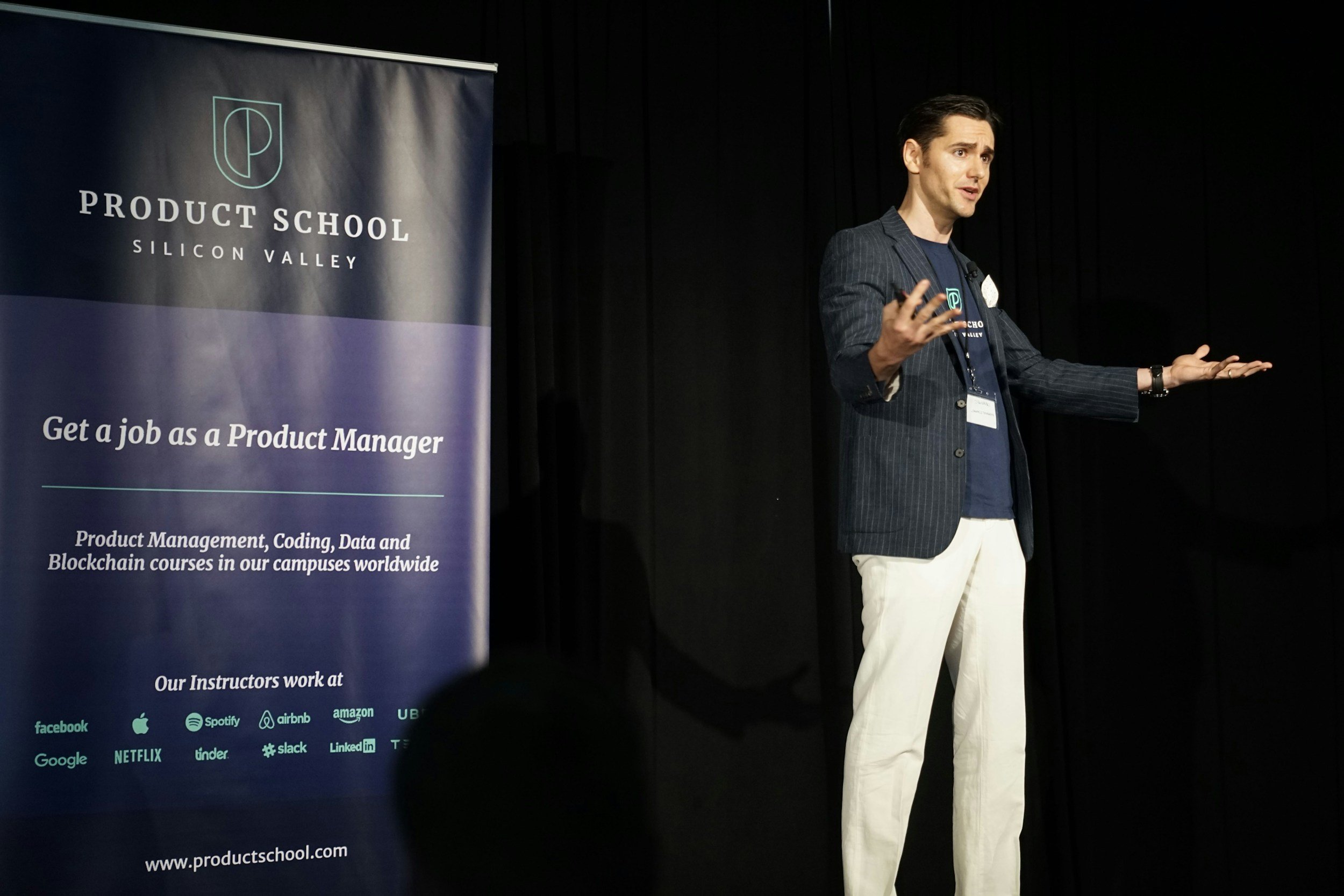
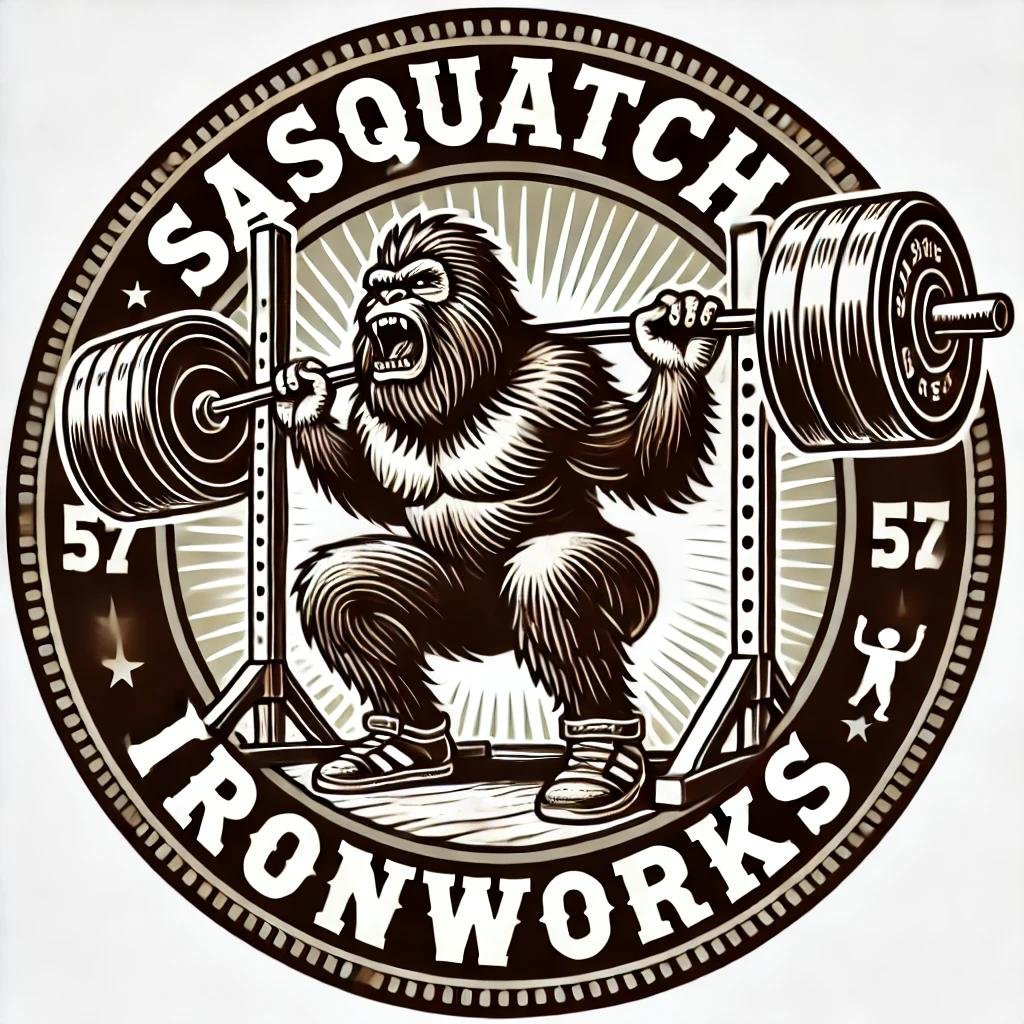
Lets talk peptides and how to think about them!
There are over 100,000 peptides naturaly made in your bod! your diet, lifestyle, stress and other factors influence the production. Is it worth it to take them?

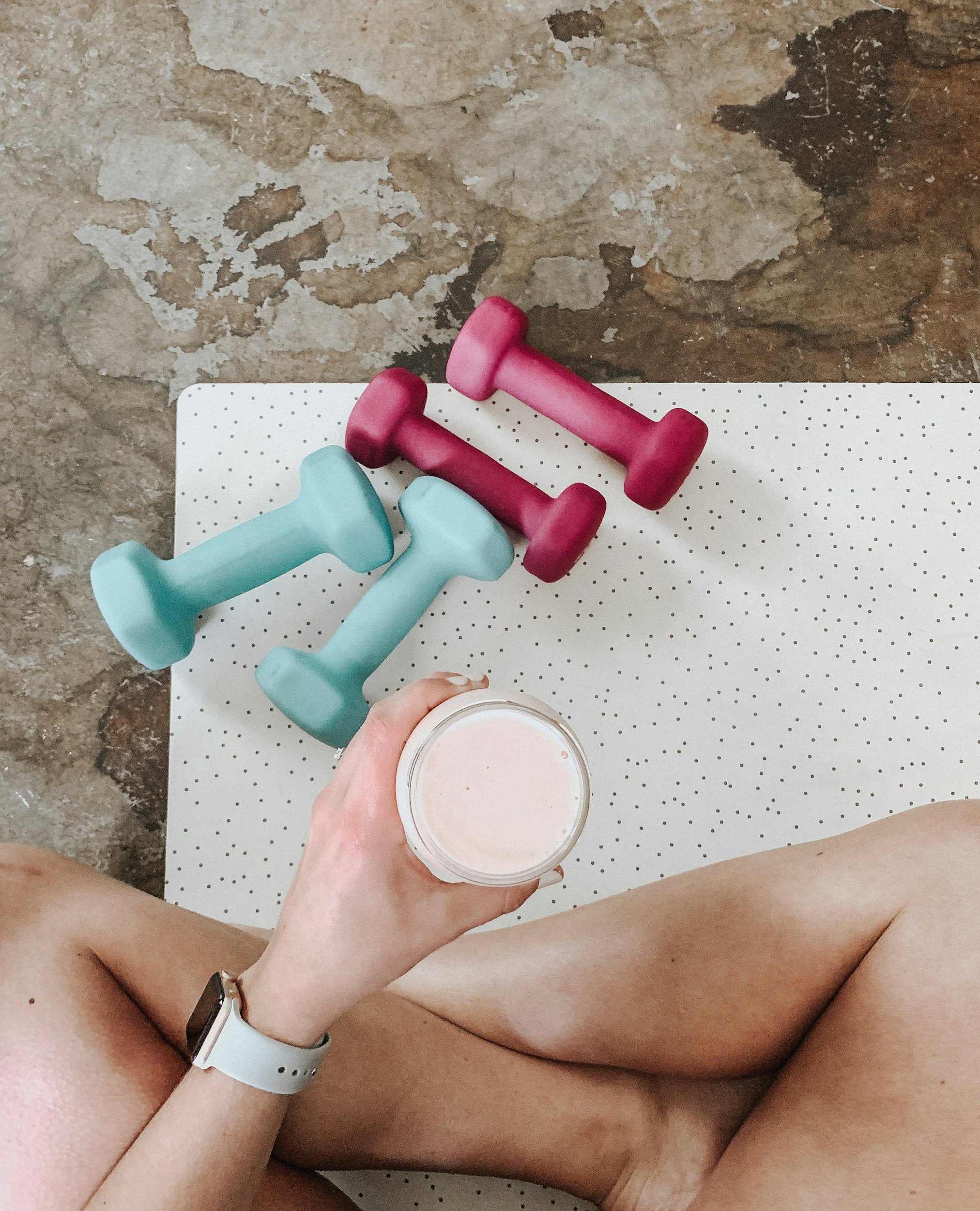
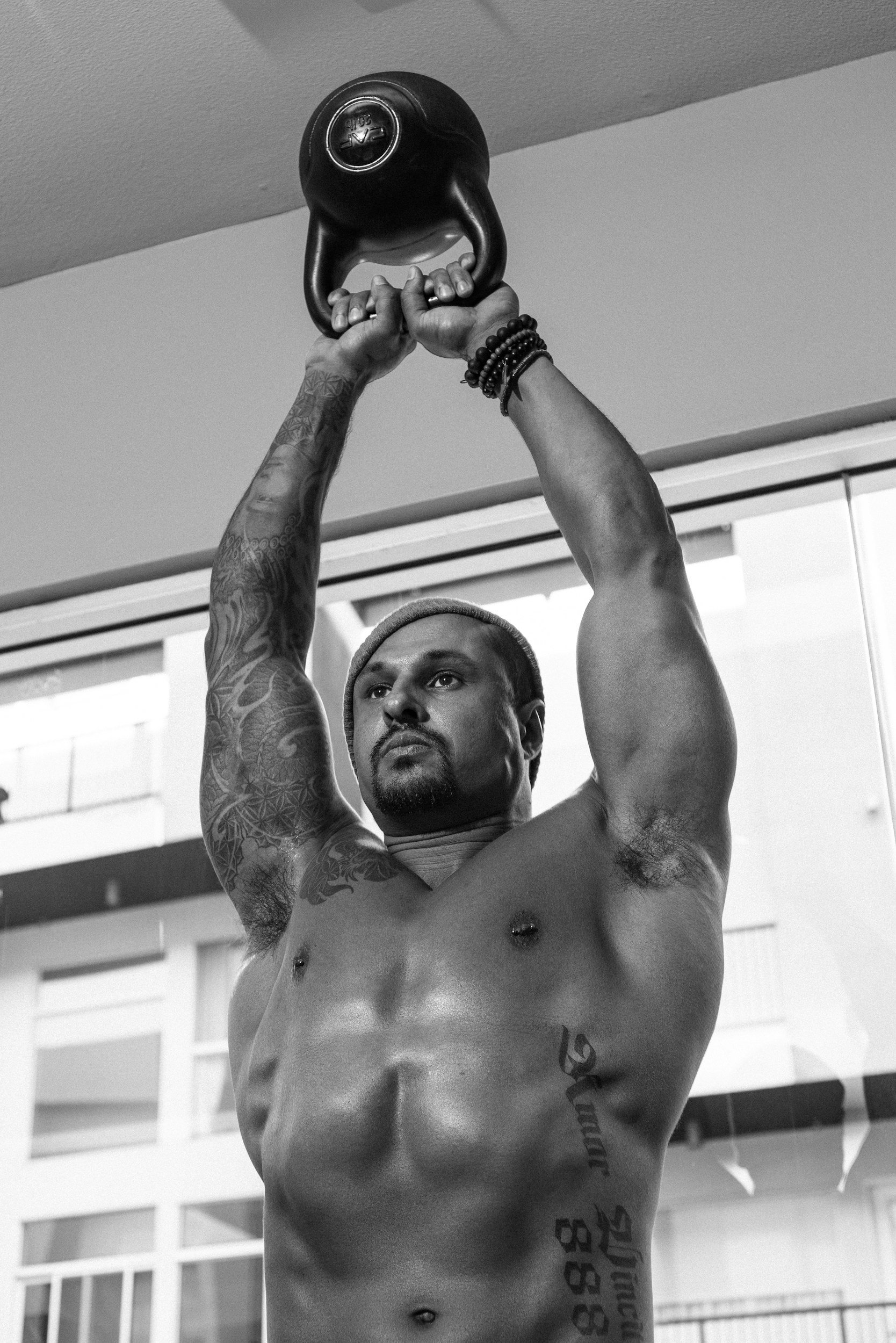
Who is Destroying Your Superpower? You May Not Like the Answer
Who is stealing your super power?